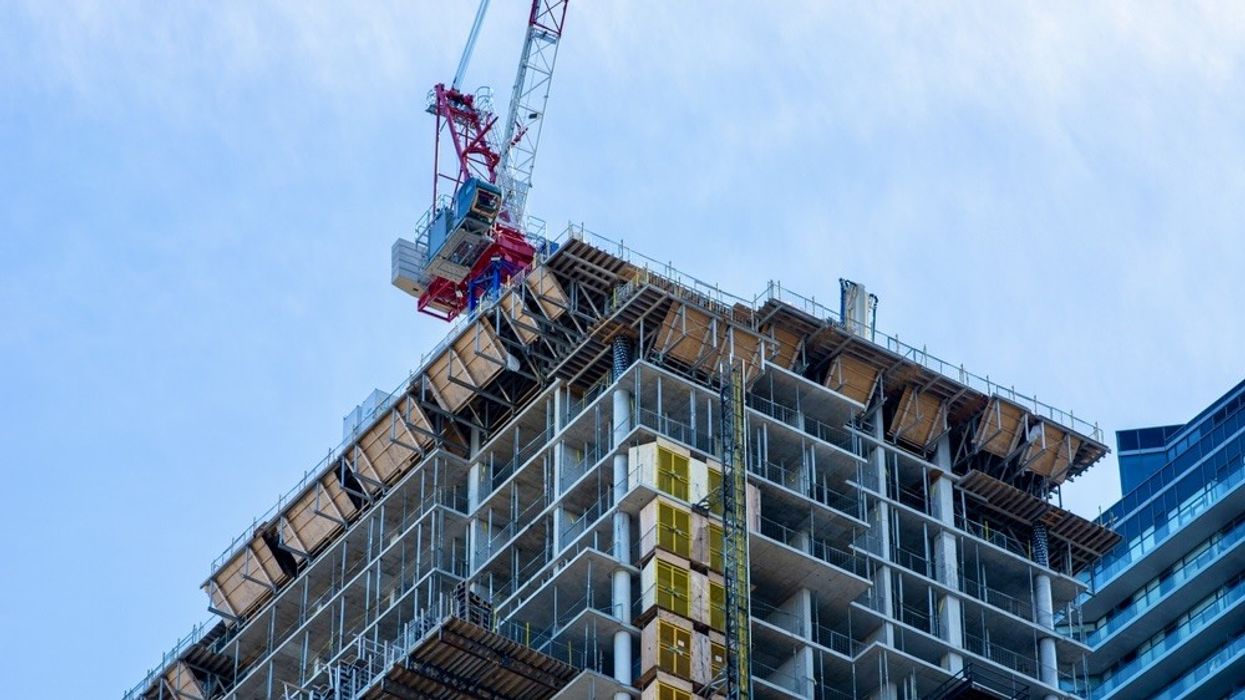This article was written and submitted by Marlon Bray, Senior Director, Development Advisory - Altus Group.
In the ever-dynamic realm of new construction housing, the market swings like a pendulum between desolation and hope. Currently, amidst a housing crisis gripping the GTA and beyond, the landscape can be summed up as a rollercoaster ride of: "Dead, more dead, and then not dead."
Why the slowdown? Sales of high-rise units in the GTA have plummeted by a staggering 49.7% year-over-year, marking a grim continuation from the woes of 2023. On the flip side, low-rise sales are showing a modest 6.5% uptick, totalling 1,804 units year-to-date. In the Greater Golden Horseshoe (GGH), there's an even stronger glimmer of hope with high-rise sales skyrocketing by 168.5% to 349 units, and low-rise sales climbing 25.8% to 750 units.
Despite these nuances, high-density land transactions have nosedived by 68% year-over-year, painting a bleak picture for future developments. Extrapolating these figures paints an "unmitigated disaster" scenario unless there's a significant turnaround.

Have we hit rock bottom yet? It seems we're nearing it, especially with the recent drop in interest rates offering a faint light at the end of a rather gloomy tunnel. But you'd still be wise to brace yourselves for a rough ride ahead; possibly another full year of stagnation before any notable recovery.
Amidst this gloom, there's a silver lining: construction costs for residential projects have not only ceased their relentless climb after seven straight years of upticks, but have actually dropped by an average of 6% year-over-year. This reduction varies across projects but spans from 4% to as much as 12-15%, depending on initial estimates and design specifics. Costs are expected to continue declining through this year and possibly into the next, contingent upon sales performance.
However, the reality on the ground remains stark: minimal sales, stuttering new rental projects, and record-high completion rates (over 35,000 annually) are leading to a significant drop in projects under construction. The peak of high-rise construction in the GTA & GGH, once at 135,000 units annually, has now dwindled to nearly 110,000 and is rapidly declining toward the possibility of even dipping below 100,000 by 2025 — a sharp 35% decrease in just 18 months.
Building permits for residential units tell a similar story, plummeting from a robust $8B in Q2 2021 to a mere $3.5B in Q1 2024 (adjusted for inflation), signifying a massive downturn for Ontario. Amidst layoffs and idle labourers, materials costs have stabilized post-COVID, settling between being above pre-pandemic levels but below the volatile peaks of 2021 and 2022.
Looking forward to 2024 and 2025, prospects remain grim with low sales figures indicating a bleak future workload. Pre-construction condominium units in the market have dropped to approximately 28,000 units, with a discouragingly low 57% sold, contrasting sharply with 2017's 42,000 units that had an 80% sell-through rate.
In the realm of costs, reductions are primarily driven by squeezed profit margins for trades, while unionized labour costs continue their steady rise. On the regulatory front, the City of Toronto's recent 40% hike in development charges aims to fund growth but raises questions about its impact amidst declining project starts and potential revenue shortfalls.
As the city's fiscal health hangs in the balance, one thing is clear: the future of residential construction in the GTA hinges on navigating these turbulent waters with both resiliency and adaptability.





















